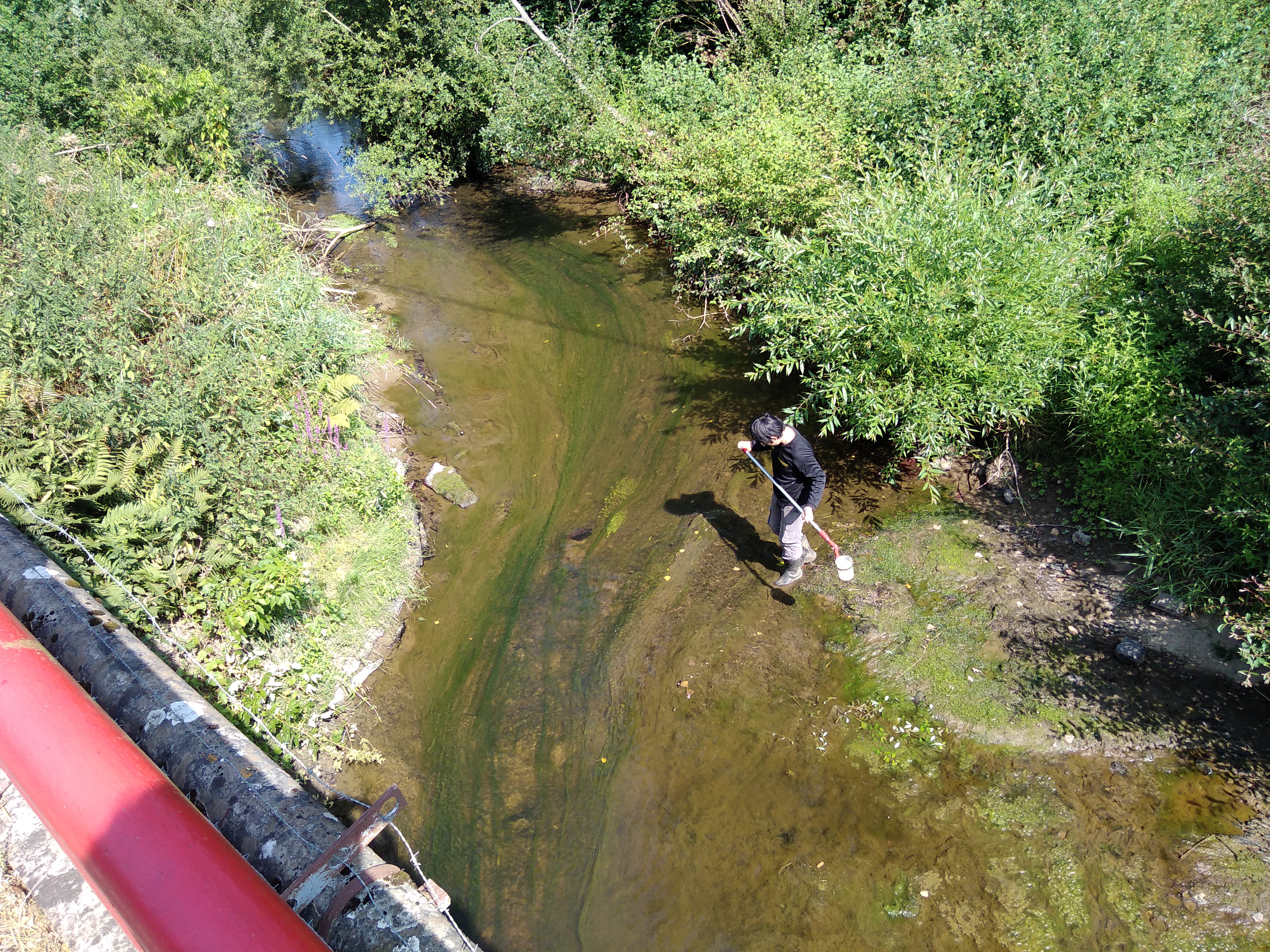The Lac au Duc team has just published its first scientific paper in a peer-reviewed journal, using data collected during the INTERREG CPES project. Scientists from INRAE and CNRS have quantified the impact of in-stream transformations on nitrate and phosphorus flux throughout the river network of a meso-scale catchment (Yvel, 300 km²).

This work bridges the gap between the typical scale of research catchments (5-10 km²) and the scale of the water bodies monitored for the Water Framework Directive (50-500km²). The study shows that in-stream transformations have little impact on average annual nitrate and phosphorus fluxes, but these processes become significant during the summer low-flow period. Nitrate is consumed in the river network during the summer low-flow season, while phosphorus is temporarily stored in riverbed sediment but it is remobilized during the next autumn/winter season. Because eutrophication risk is maximal during the summer low-flow season, in-stream processes are important to consider to reduce nitrate and phosphorus fluxes during this period.
Caption: « In-stream biological processes during summer reduce nitrate and phosphorus concentrations at the outlet of the Yvel river »


